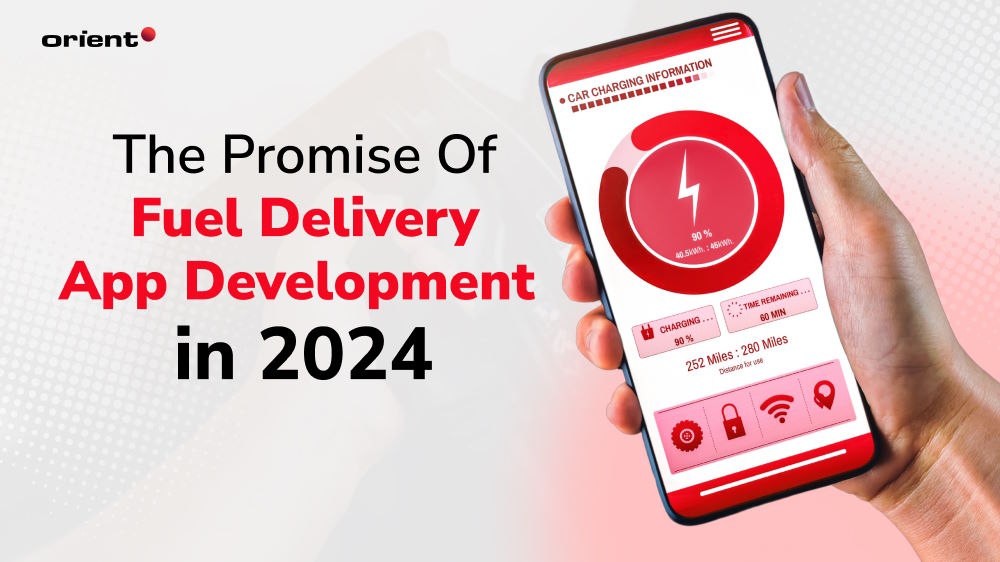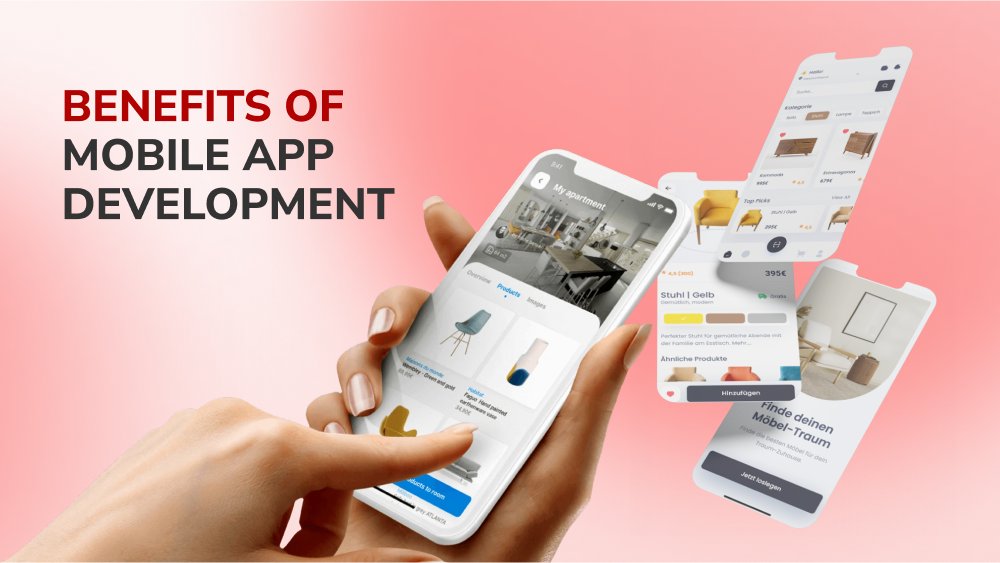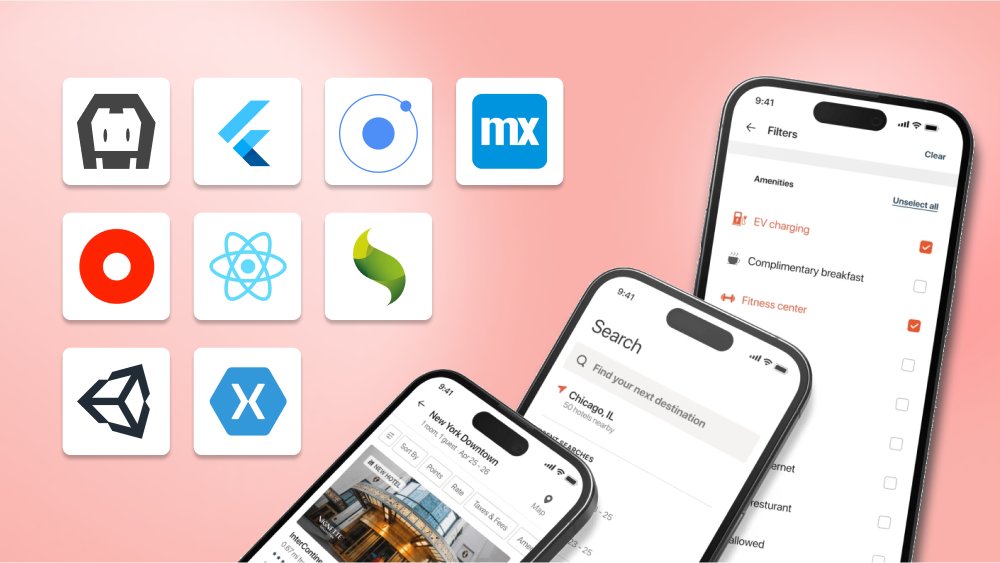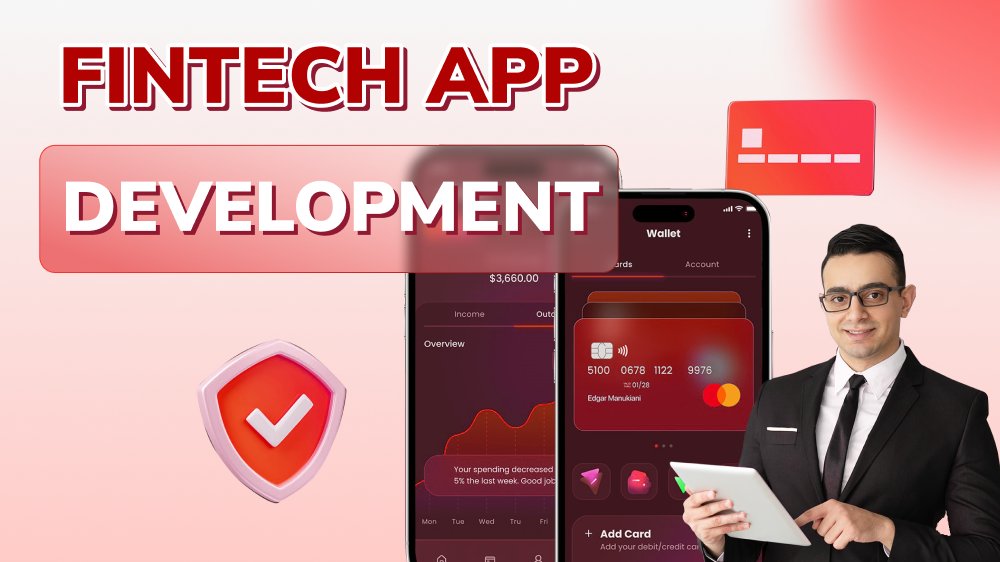The Promise of Fuel Delivery App Development in 2024

Content Map
More chaptersBusiness ideas for your next project exist around you. They don’t have to be something sublime. Rather, they are something fulfilling a market need.
Indeed, you have heard of and even used grocery delivery apps to shop for necessities conveniently and quickly. We are living in an era where mobile devices and service delivery at doorsteps are ascendant. Technological advancements have made it possible to develop on-demand delivery solutions for various industries. As long as customers have needs, delivering other essential items is completely feasible. The same case applies to fuel delivery app development.
With the ability to revolutionize the fuel procurement process by offering customers a convenient and efficient way to access fuel delivery services, fuel delivery applications optimize user experience and drive innovation within the fuel sector. Instead of diving headfirst into highly competitive niche markets, why not start your own fuel delivery business and make your mark?
The Bright Future of Fuel Delivery Industry

As our society advances, a wider variety of fuels are being introduced for use in transportation. In particular, the transition to electric vehicles represents a pivotal shift in the automotive industry, with countries embracing cleaner and more sustainable transportation ecosystems. However, cars used by electricity, after many years of launch, have not yet received widespread adoption due to limitations such as upfront costs, range anxiety, and charging infrastructure.
Despite the development of alternative fuel sources, fuel is expected to retain its position in the foreseeable future as it continues to be the main fuel source for most personal vehicles, especially in sectors like commercial transportation and logistics.
Users’ constant demand for fuel sources drives the expansion of gas stations. Nothing can replace traditional gas stations. However, business owners who know how to seize technological advancement opportunities can make users’ access to fuel more convenient than ever. And this is where the fuel delivery service can make money.
No more difficulties when running out of fuel unexpectedly in places without any gas station or hurdles in finding fuel sources in remote areas; gas delivery apps with the gas delivery feature unlock new opportunities for growth and meet evolving consumer expectations.
The above statements create a solid basis for business owners to boldly pour capital into the fuel delivery industry. According to a report from Future Market Insights, the fuel delivery market is expected to be appraised at US$ 5,064.1 million in 2023 and is poised to reach US$ 10,086.4 million by 2033. As a relatively new field with little competition but strong growth potential, global gas delivery services appear to witness a bright future.
How Do Fuel Delivery Apps Work?
Similar to other types of delivery apps, fuel delivery apps also provide the service you need with just a few clicks.
1. Register an account with basic personal information.
2. Share the location for fuel delivery.
3. Make a fuel delivery request.
4. Proceed to pay for the fuel order.
5. Wait for the service to arrive and refill the tank.
Common Features of an On-demand Fuel App

To create a complete on-demand fuel delivery app, you need to integrate and operate all three panels, including the user panel, driver panel, and admin panel, in parallel. Each panel is designed to meet its own purpose with the following fuel delivery app features.
Feature Sets for Users
These are the features that customers see on their screens. The user interface is tailored to individuals who require fuel delivery services and often contains features such as:
- User Registration: Allow users to create personal accounts by using phone numbers, email, or social credentials.
- User Profile: Enable customers to set up profiles and securely store payment information and personal contacts for seamless transactions.
- Location Detection: Automatically detect the user’s location to facilitate accurate fuel delivery to their vehicle.
- Search Nearby or with Location: Helps users proactively search for needed fuel providers by entering it manually.
- Order Placement: Enable users to select the wanted scheduled delivery times and quantity of fuel needed and provide specific instructions.
- Payment Gateway Integration: Integrate secure payment gateways and methods to help users make payments within the app.
- Order Tracking: Provide real-time tracking of the fuel delivery process, allowing customers to monitor their order status.
- Ratings and Reviews: Allow customers to provide feedback, rate the service, and leave reviews for service quality.
Feature Sets for Drivers
Drivers are individuals responsible for delivering fuel to customers. The drivers’ panel helps drivers manage their profiles, view assigned orders, optimize routes, update delivery statuses, and interact with customers during delivery. Necessary features specific to drivers include:
- Driver Registration: Enable drivers to complete verification processes and onboard onto the platform.
- Driver Profile: Helps drivers manage their basic information and contact details.
- Route Optimization: Provides navigation tools, route optimization algorithms, and live traffic updates to help drivers reach delivery locations efficiently.
- Order Assignment: Assign delivery orders to drivers and provide them with necessary details to ensure timely fulfillment of fuel delivery requests.
- Proof of Delivery: Allow drivers to capture evidence of successful delivery, such as timestamps, location data, and customer signatures if required.
- Earnings Tracking: Offer drivers visibility into their total earnings and performance metrics.
- Help and Support: Allows drivers to contact customers to chat and provide order-related information if necessary.
Feature Sets for Admins
The admin panel serves as the central control hub for managing the overall operations of the fuel delivery application. By using this interface, admins can oversee user activities, monitor deliveries, manage fuel inventory, analyze data, and ensure the smooth functioning of the entire platform. The typical functionality includes the following.
- User Management: Enable admins to manage and verify user accounts.
- Order Management: Allow admins to manage the entire fuel delivery process, from order tracking, delivery assigning, and delivery status monitoring.
- Inventory Management: Track the fuel inventory levels to oversee stock availability and maintenance of supplies for deliveries.
- Analytics and Reporting: Provides valuable insights through analytics tools, order records, financial reports, and performance metrics.
How to Form Your Own On-demand Fuel Delivery Business
Gas delivery app development is a multifaceted venture requiring meticulous planning, regulatory compliance, licensing, efficient logistics management, driver hiring, strong partnerships, a focus on safety, and the use of advanced technology solutions. Only when you smoothly combine all the above factors will your dynamic fuel delivery app be formed as expected.
How do you start fuel delivery startups properly? Except for the basic steps of developing a software product, such as market research, gathering a development team, creating an MVP, UI/UX design, frontend and backend development, fuel delivery app development has a number of unique requirements to ensure service quality. The guide below is what you are looking for.
Obtain the Necessary License
The acquisition of licenses is a fundamental requirement when venturing into fuel delivery app development. Legal compliance is the primary reason for this mandatory step, as acquiring the relevant licenses helps business owners ensure that their apps operate lawfully and uphold ethical standards throughout their operations, which are vital for long-term success.
Only when the fuel delivery apps meet the requirements will they be licensed. As such processes typically involve many steps, including rigorous assessments of safety protocols, emergency response plans, and risk mitigation strategies, successfully obtaining necessary licenses is more than a solid basis; it demonstrates safety and the ability to meet the security requirements of an app. With a licensed fuel delivery service, businesses can easily build trust and engage with customers who are looking for a trusted app with high operational standard commitments.
On the contrary, without this shield against legal liabilities, companies may face severe consequences such as fines, penalties, and potential shutdown, negatively affecting the future development path of the business.
Develop a Mobile App
To provide fuel delivery service to customers, the contribution of a mobile app with all the needed features and functionality is indispensable. By offering fuel delivery services through the application, business owners can tap into the niche market where customers are tech-savvy individuals seeking efficiency and convenience without visiting traditional gas stations. Just by downloading fuel apps to mobile devices, users can easily perform delivery orders anytime, anywhere.
Like many other delivery apps, self-developing fuel delivery apps open up new revenue streams and business opportunities for app owners. Now, besides generating ROI software through the number of orders, companies gain additional sources of income through delivery, fee subscription models, or partnerships with fuel suppliers.
If you don’t know where to start building a fuel delivery, this completed guide may help.
Establish a Fleet of Vehicles
Any delivery app can only exist and function properly with a fleet of vehicles, which includes drivers, vehicles, and an automated system, as they are the objects/components that directly deliver services to end-users. As the backbone of the operational infrastructure required for seamless deliveries to consumers, the fleet ensures the app’s availability of resources needed to perform customer orders as planned.
There are several vital actions you have to ensure to form a comprehensive fleet of vehicles system for fuel delivery app development.
- Vehicle Acquisition: Vehicles used for delivery need to ensure all elements, such as fuel capacity, vehicle safety features, fuel efficiency, and compliance with regulatory standards.
- Driver Recruitment and Training: Similar to recruiting software developers, businesses need to take driver hiring seriously and ensure they fully meet the necessary licenses, certifications, and training in handling and transporting fuel.
- Fleet Management System Implementation: A fuel app is required to integrate GPS tracking, route optimization, fuel monitoring, and real-time communication capabilities for efficient services.
- Operational Procedures and Protocols: Establishing clear operational protocols and procedures is recommended to maintain consistency and quality of fuel delivery services.
- Insurance and Liability Coverage: Insurance policies for the fleet also need to be taken into consideration to cover potential risks and damages.
Comply with Industry Regulations
Each country and region has its own set of rules and regulations relating to the fuel sector. For example, providing fuel delivery services in the United States requires business owners to comply with the Fuels Regulatory Streamlining rules laid by the US Environmental Protection Agency and the Hazardous Materials Regulations by PHMSA.
This process can take your time and effort. However, if you do not obtain approvals from regulatory bodies, your fuel delivery app may be suspended or not licensed. Instead, complying with industry regulations helps developers prioritize the well-being of all involved parties while maintaining high safety standards in their operations. You can seek the help of professional lawyers to simplify this step.
Collaborate with Fuel Suppliers
Regarding fuel delivery app development, you can consider two common types of business models, including aggregators and delivery services. While aggregators are a form in which business owners act as mediators between gas retail providers and clients, delivery services act as independent business entities delivering fuel orders to customers. If you choose the first business model, make sure you partner with suitable fuel suppliers for the sustainability of the fuel delivery service.
When looking for cooperation opportunities, it is recommended to select more than one vendor to ensure a steady source of fuel products and minimize fuel shortages or disruptions in fuel delivery operations in unforeseen situations in the future. Different fuel suppliers often offer different fuel options. Cooperating with many third parties simultaneously also diversifies fuel types, grades, and additives, further catering to specific customer unique preferences and requirements.
In order to receive discounts as well as special benefits on pricing models, businesses should establish long-term relationships with fuel suppliers instead of signing short-term contracts.
How Much Does It Cost to Develop a Fuel Delivery Mobile App?
According to industry sources, fuel delivery app development costs will range from as low as $5,000 for a basic app to as high as $200,000 for a feature-rich application. However, this range is solely for reference as factors such as app complexity, design intricacy, technology stack, and advanced features can all affect the final overall development cost. In order to receive an accurate quote on your fuel delivery project, it is important to build a business plan first and contact fuel providers and the outsourcing company directly if applicable.
It is undeniable that electric vehicles are on the rise as a sustainable means of transportation. Cars using fuel still remain promising due to the ongoing demand for traditional fuel sources. As the market still has little competition, there is no other perfect timing than now for you to start your own fuel delivery business. This process can be complicated because of the many tasks involved. Just one small mistake can cost you money.
It is advisable to cooperate with a reliable outsourcing company like Orient Software to minimize errors that arise during the development process and eliminate hiring hassles. With over two decades of experience in the tech industry, we provide a comprehensive product development cycle tailored to the specific needs of our clients. Leave us a message to discover how we can help.







